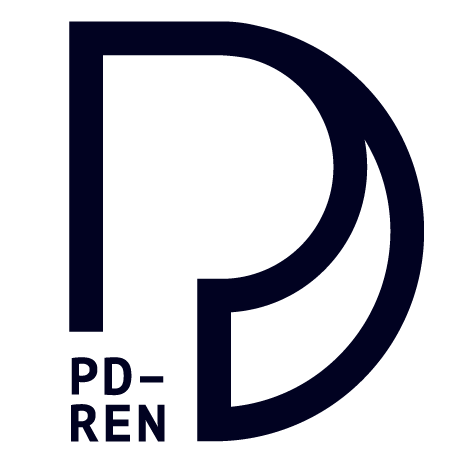Analogue Origins
The Importance of Pens and Paper in Production Design Pedagogy
by Jon Rowlands
Imagination is under threat.
Now more than ever, there are multiple tools that can offer students solutions to creative briefs without them having to give it a moment’s thought themselves. Whilst these instances are currently in a minority, as generative technology advances, the seductive lure of the prompt can only grow.
In this talk, Jon Rowlands will outline the approach he has taken to teaching the fundamentals of production design within a specialist module, and the techniques he uses to successfully centre that learning on the nurturing of ideation. He proposes that creating an analogue environment of pens, pencils, paper and mark-making for the first quarter of the curriculum, cultivates a strong bond between imagination and confidence when generating ideas. Students are then free to use whichever methods they prefer to continue exploring their creative solutions, be it software-based, three-dimensional model-making or continuing to sketch.
This process successfully creates a foundation of ‘ideas-first, tools second’. It is not without its challenges, and creating a safe space for such exploration is the key. Jon will outline his experiences of teaching the subject in this way, the hearty triumphs and the unvarnished failures, that have yielded some overwhelmingly positive student feedback.
Now more than ever, there are multiple tools that can offer students solutions to creative briefs without them having to give it a moment’s thought themselves. Whilst these instances are currently in a minority, as generative technology advances, the seductive lure of the prompt can only grow.
In this talk, Jon Rowlands will outline the approach he has taken to teaching the fundamentals of production design within a specialist module, and the techniques he uses to successfully centre that learning on the nurturing of ideation. He proposes that creating an analogue environment of pens, pencils, paper and mark-making for the first quarter of the curriculum, cultivates a strong bond between imagination and confidence when generating ideas. Students are then free to use whichever methods they prefer to continue exploring their creative solutions, be it software-based, three-dimensional model-making or continuing to sketch.
This process successfully creates a foundation of ‘ideas-first, tools second’. It is not without its challenges, and creating a safe space for such exploration is the key. Jon will outline his experiences of teaching the subject in this way, the hearty triumphs and the unvarnished failures, that have yielded some overwhelmingly positive student feedback.
